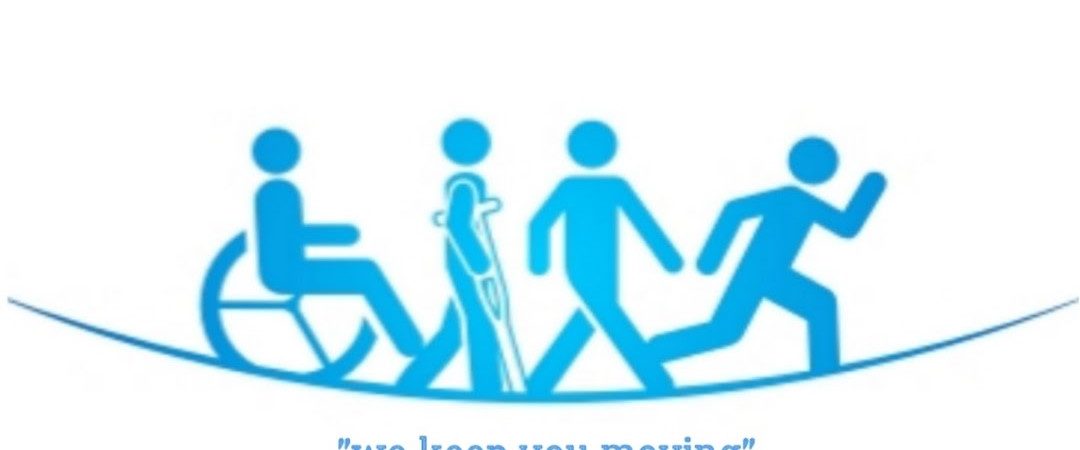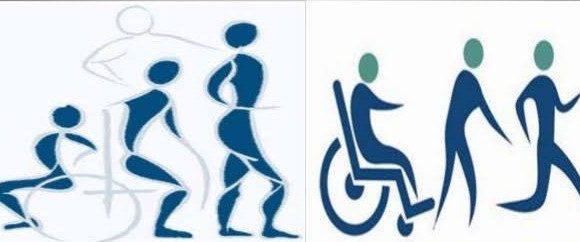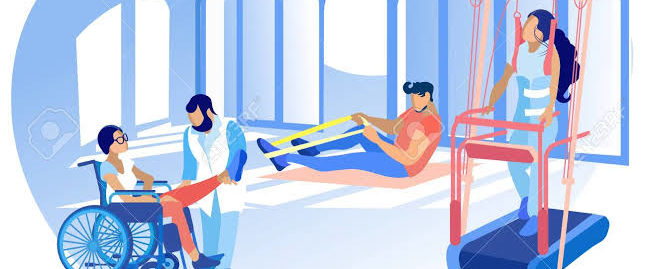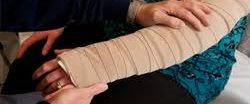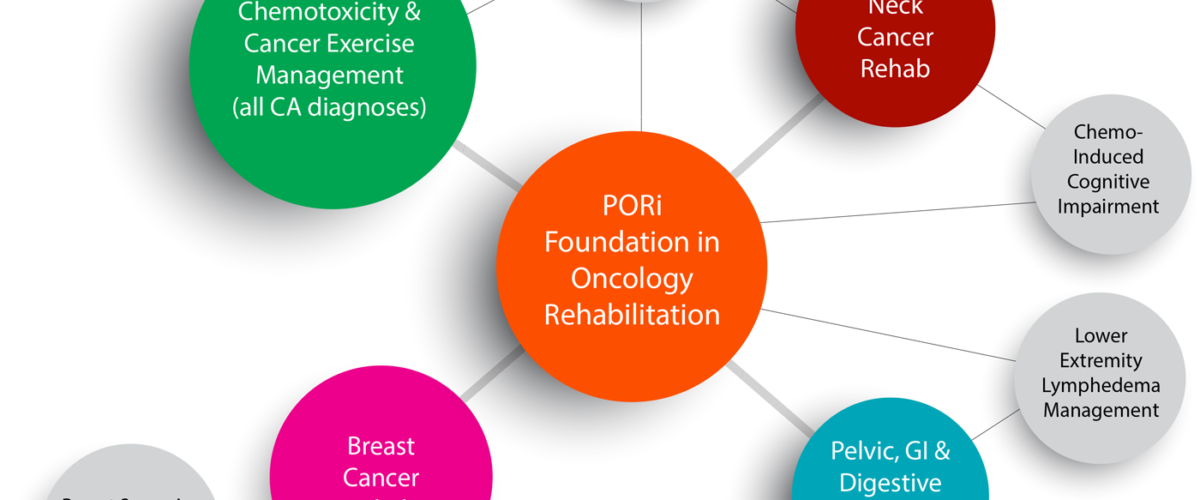AcUTE TRAUMATIC injury in competitive CYCLING IN INDIA (ROAD AND TRACK CYCLING) – Himanshu and Sinha A.G.K.
AcUTE TRAUMATIC injury in competitive CYCLING IN INDIA
(ROAD AND TRACK CYCLING)
Himanshu1 and Sinha A.G.K.2
- MPT (Sports), Department of Physiotherapy, Punjabi University, Patiala
- Professor, Department of Physiotherapy, Punjabi University, Patiala
Abstract
Background – The lifestyle is changing now a days as the Cycling becomes mode of transport and type of physical activity too for many people. But it is also one of the international sport in modern history and In India, cycling is one of the game which is growing now a days among the people. The events in cycling are road and track cycling in which injuries are sustained. Acute injury can also act as a barrier in participating of cycling. These events also consists of many events like team pursuit, sprint and many more individual events.
Objective – The aim of the study was to find out the prevalence of acute injuries in competitive cycling.
Methods – The sample was consisting of 102 subjects and schedule interview was used to collect the data. The schedule was developed according to type of injury. The injury was documented in forms which were formulated on the basis of type of injury and incidence time.
Results – The results shows that out of total 102 subjects, 35 (34.5%) subjects were found injured at the time of survey. Among the total 35 injured cyclists 20 cyclists were found with 1st time occurrence of injury whereas the 15 cyclists were injured in previous year. The acute injury was less prevalent in comparison to the overuse injuries. Knee injury (50%) was more prevalent in acute injuries in comparison to another anatomical sites.
Conclusion– It was found that cycling is a game with the less prevalence of acute injuries, with a greater number of injuries in lower extremity followed by upper-extremity and trunk with the association of risk factors. Future studies should focus on prospective study on injuries in cycling and parameters of bicycle as risk factor of injury.
Introduction –
The static bicycle at home and fitness centers is used for improving health and lifestyle of inactive as well as fit people (Gordon and Schultz, 2010). The cycling is efficient mode of transportation but it is also a sport. Cycling is considered as an unsafe game because of its long and monotonous training programmes. Bicycle crashes and falls are rare but they can cause number of injuries ranging from minor to permanent disability and even loss of carrier of a cyclist (Olivier and Creighton, 2018). In recent years, the attention is increasing to encounter of accurately measuring the extent and severity of injury (Clarsen et al., 2014). Worldwide there are many studies conducted in cycling sports (Dannenberg et al., 1996; Weiss, 1985; Wilber et al., 1995; Clarsen and Krosshaug, 2010) but there are limited number of studies in India. There are no studies on overall occurrence of injuries in cycling in India. Lack of epidemiological studies on the occurrence of injuries is acting as a barrier in developing the preventive programmes which are further resulting into decline in performance of the cyclists. This study will focus on epidemiology of injuries in competitive cyclists which will help to identify the occurrence of injury in context of anatomical site of body, gender variation, severity and time loss due to injury.
Material and methods-
- Recruitment method and Data collection procedure –
102 cyclists were involved in this study (80 males and 22 female cyclists) and were recruited using the cross sectional survey method. The data was gathered on the basis of schedule interview using the convenient sampling method with capturing of competitive cyclists as much as possible.
- Preparation of schedule interview and data collection –
After the extensive review of literature, an interview schedule was developed. The initial draft was consisting of 40 questions including the demographic details and the injury data according to anatomical sites. Pilot study was performed on 10 subjects. As per suggestion of supervisor and cycling coaches, a new schedule interview was formulated on the basis of kind of injury, impact, severity and time loss. 4 forms were formed according to the type of injury and time of occurrence (Present and past history of injury).
- Study Protocol –
The investigator personally went to the various sports academies and met various coaches. Coaches were taken into assurance by explaining them in detail about the aims, objectives, purpose and significance of the study that the study will totally focus on the injury occurrence and will not inhibit any of cyclist’s practice and competition. The data was collected from various cycling academies of various regions in Punjab and Haryana. The cyclists were interviewed during the competition, practice schedule in appropriate breaks times to not to disturb competitors and practice session. Investigator assured them that the data will be confidential only for this research.
- Inclusion criteria –
Cyclists with age group of 18-25 years having more than one year of experience of cycling were involved.
Data Analysis and statistical methods –
Mean, standard deviation and percentage were used to prepare summary statistics. Independent frequency tables were used to determine the results by SPSS respectively.
Results and Discussion
Response rate – Total 102 cyclists were involved in the study, completed the questionnaires because of which the response rate was 100%.
Subject characteristics – The mean and standard deviation of cyclist’s age, height, weight, experience and total training hours which were 20.26+2.277, 68.09+2.982, 65.74+9.554, 2.88+1.253,1307.31+145.979 respectively.
Table 1 – Distribution of cyclists according to the demographic data –
|
Variables |
Mean |
Standard Deviation |
|
Age (in years) |
20.26 |
2.27 |
|
Height (in inches) |
68.09 |
2.98 |
|
Weight (in kilograms) |
65.74 |
9.55 |
|
Experience (in years) |
2.88 |
1.25 |
|
Training hours (in hours) |
1307.31 |
145.97 |
Prevalence of injuries –
Prevalence of injuries among the competitive cyclists was 34.3% (n=35 out of 102). Among the subjects, 59.9% (13 out of 22) females were found symptomatic whereas the corresponding figure for male was 27.5% (22 out of 80).
Table 2 – Distribution of competitive cyclist according to injury sustained –
|
Injured cyclists |
Non injured cyclists |
Total number of competitive cyclists |
|
35 (34.3%) |
67 (65.7%) |
102 (100%) |
Figure 1B
Figure 1A
Figure 1C
Figure 1A, 1B, 1C shows distribution of cyclists according to injury group and gender based analysis of injury.
Higher proportion of injuries (36%) was in cyclists who were participating in both the events (road and track) followed by road cyclists (34.5%) and track cyclists (individual event). It is evident that as the level of participation increased, the occurrence of injury reduced. Incidence of injury was relatively more at the level of School and District (50% each) followed by University (42.9%), State (36%) and National level cyclists (30.3%).
Figure 02
Majority (60%) of the injured cyclists were affected with the overuse injuries followed by acute injuries (40%). Acute injury was more prevalent in the cyclists who were participating in both road and track cycling (62.8%, 85.3%) in comparison to the those who were participating in individual events only. 31 cyclists reported with only one injury whereas 04 cyclists were found with two injuries. Total 18 acute injuries were observed in 14 (out of 35) acutely injured cyclists. Knee (50%) was the most frequently injured body part. 55.6% of acute injuries were severe and also causing time loss from the training. Fall on the surface was the most common mechanism of acute injury.
Figure 03
Severity
66.6 % injuries resulting from fall were severe, causing time loss from the training. 38.9% injuries were moderate following which cyclist could continue training but with reduced intensity or volume. 3 (16.66%) injuries were moderate injury resulting from due to collision with other cyclist. According to the Impact of acute injury, 60 % of severe acute injuries affected the knee (6 out of 10) in which cyclists were not able to participate in the game.
Among the total 10 injured cyclists, 01 was found with severe acute injury (28 days time loss). 71.4% cyclists affected with current acute injury had taken medical consultation. 28.6% cyclists continued their game without any consultation.
Discussion
Study of Lindquist et al. (1986) and Lee & Chou (2008) reported that maximum of the acute traumatic bicycle injuries were due to the fall and rest of were due to the collision.
Knee (50%) was the most frequently injured body part and the acute injuries were found more in lower extremities. Earlier reports have observed injuries to the other body parts as more frequent. Lindquist et al. (1986) observed higher prevalence of head injuries with less involvement of lower limb injuries. On the other hand, Chow et al. (1993) reported far more involvement of lower extremity [51%] than what was observed in this study (9.1%) which may be attributed to their larger sample size. The sample size of Chow et al. (1993) was 459 whereas the sample size of present study was 102. However Kloss et al. (2006) reported equal prevalence of lower and upper limb injuries. The limitation of the present study was a relatively small sample size, with source of sample restricted to a given geographical area and reliance on patient reported information. Design of the study did not allow the independent assessment of injury. Further the cross sectional survey method has its own limitations. It is imperative to cross validate the findings of this study on a larger sample size involving competitive cyclists across India. A prospective study of one to two year duration would through more light on the pattern of injuries in Indian competitive cyclists.
Conclusion
It was found that cycling is a game with the less prevalence of acute injuries, with a greater number of injuries in lower extremity followed by upper-extremity and trunk with the association of risk factors. The overuse injuries are more prevalent in cycling as the cyclists who were participating in both events were found injured and knee was the most common anatomical location of the injury. Future studies should focus on prospective study on injuries in cycling and parameters of bicycle as risk factor of injury.
References –
- Armsey, T.D. and Hosey, R.G. (2004). Medical aspects of sports: epidemiology of injuries, preparticipation physical examination, and drugs in sports. Clinics in sports medicine, 23(2), pp.255-279.
B D Wiess. (1985). Non traumatic injuries in amateur long distance bicyclists; The American Journal of Sports Medicine; pp-187-189.
Bahr, R. and Krosshaug, T. (2005). Understanding injury mechanisms: a key component of preventing injuries in sport. British journal of sports medicine, 39(6), pp.324-329. Bhardwaj S; Common sports injuries and their management; International Journal of Informative and Futuristic Research 2013 pp-44-65.
Bhar R. Engebreston L. (2009). Handbook of sports medicine, sports injury prevention pp-2-3.
Burkner P, Khan K. (2007). Principle of injury prevention; clinical sports medicine, pp-113-116.
Chow TK, Linda L, Brecker MD, Patrick K. (1993). Acute injuries in Mountain Biking; pp-145-149.
Clarsen B, BahrR, Heyman MW, Engedhal M, Midtsunstad, Rosenlund L, Thorsen G, Mykeibust G. (2014). The prevalence and impact of overuse injuries in five Norwegian Sports: Application of a new surveillance method; Scandinavian Journal of Medicine and Science in Sports.
- ClarsenB, Krosshaug T. (2010). Overuse injuries in professional cyclists; The American Journal of Sports Medicine.
- Comfort P, Abrahmson E. (2010). Sports rehabilitation and injury prevention; 1 (pp-3).
- Gulam Aafid. (2016). Need, importance and benefits of exercise in life, International journal of Physical education, sports and health (pp-127-130).
- Hägglund, M., Waldén, M., Bahr, R. and Ekstrand, J. (2005). Methods for epidemiological study of injuries to professional football players: developing the UEFA model. British journal of sports medicine, 39(6), pp.340-346.
- Holmes JC, Pruitt AL, Whalne NJ. (1993), Iilliotibial band syndrome in cyclists; pp-419-424
- Kloss FR, Tuli T, Gassner R. (2006). Trauma injuries sustained by a cyclists; pp-77-84.
- Kronisch RL, Rubi AL. (1994). Traumatic injuries in off road cyclists; pp-240-244.
- Lee KH, Chou HJ. (2008). Facial fractures in road cyclists; Australian Dental Journal; pp-246-249.
Lindquist C, Sorsa S, Hyrkas T, Santavitra S. (1986). Maxillofacial fractures sustained in bicycle accidents; International Journal of Oral Maxillofacial surgeries; pp-12-18.



